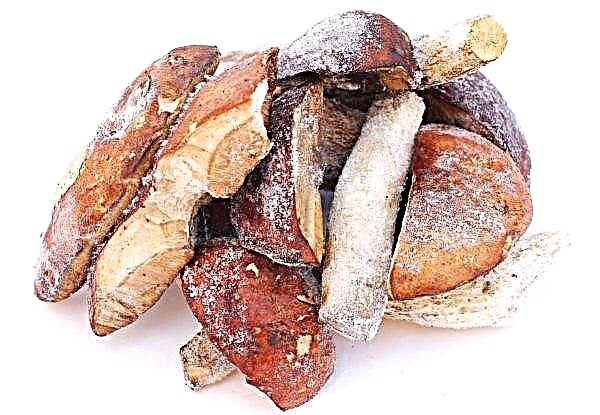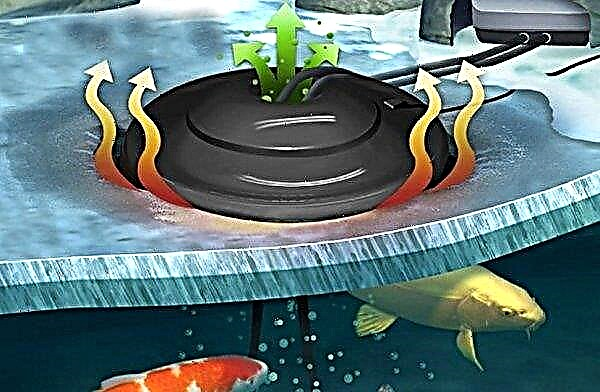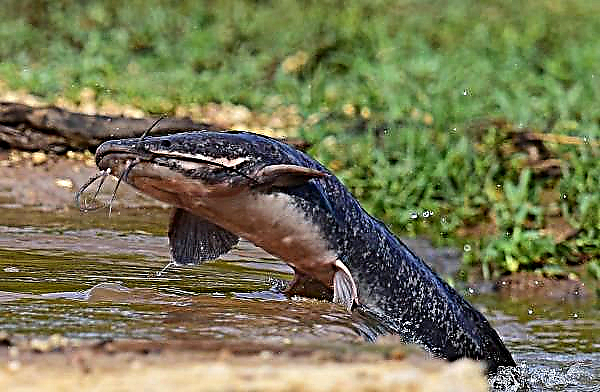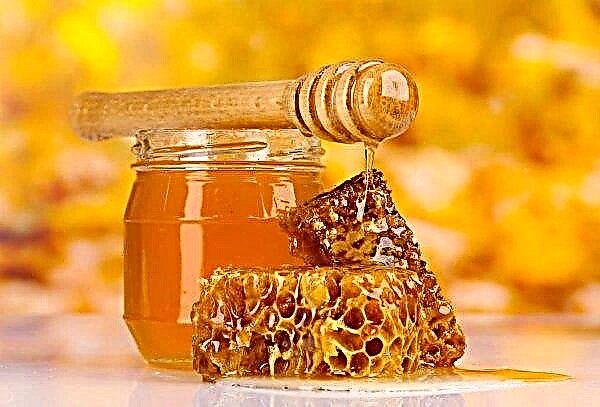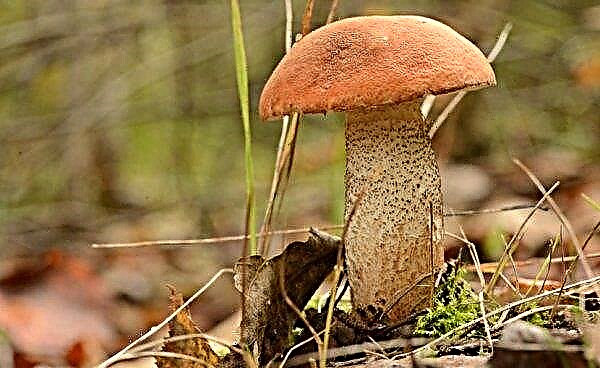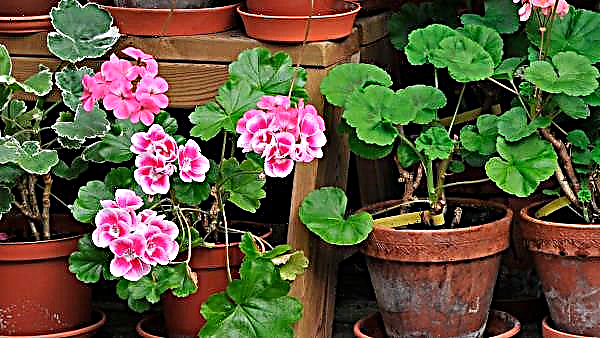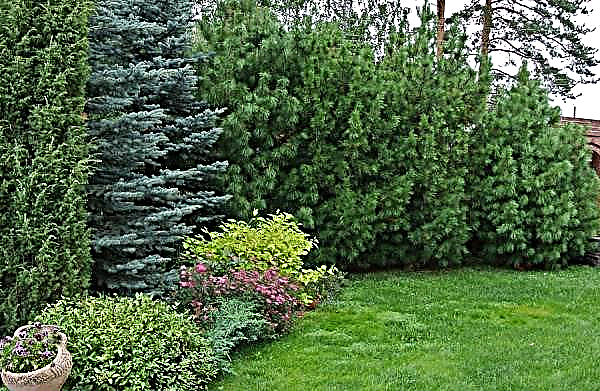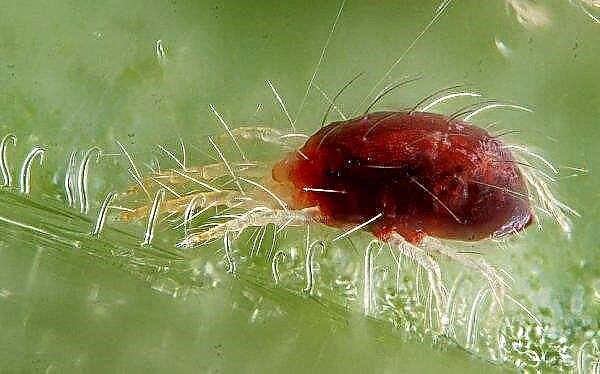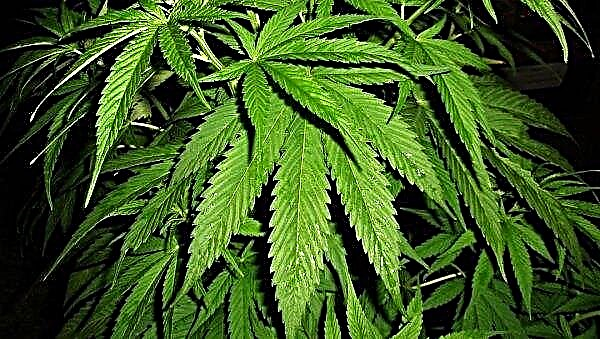Autumn is a crucial time for the beekeeper. It is during this period that it is important to prepare bee families for wintering, because their activity and development in the coming year will depend on this. The article discusses the main aspects of care for bees at the end of the summer.
Bee behavior in autumn
Before the arrival of winter, these insects need to perform no less work than in the melliferous period. In the fall, they get rid of drones and their brood, close denser than a let, leaving only small holes. The queen bee at this time makes ever smaller masonry. Individuals who have worked in the summer either die or are greatly weakened and will not be able to survive the winter. Therefore, only insects that hatch at the end of summer or at the beginning of autumn will survive the wintering.
The mandatory procedure that the beekeeper must perform is an autumn audit. The best time for this is the end of August. The purpose of this process is to determine the state of bee colonies and create conditions for autumn development. The audit involves:
The audit involves:
- verification of the uterus and its quality;
- family strength assessment;
- assembly of the socket;
- determination of the quality and quantity of necessary top dressing.
Bee gathering in autumn
Sometimes beekeepers are faced with a problem such as bees gathering. This is a phenomenon in which insects either completely leave the hives prepared for winter, or only a very small part of them remains that will not survive the winter.
The reasons for this are not always clear and do not have a clear justification, but the basic assumptions come down to the following:
- diseases of a different nature;
- tick of varroa;
- overheating of hives;
- old frames for nests;
- poor conditions for collecting honey in late summer;
- old womb in the family.
Bee transplant
When the hive wears out, it becomes necessary to transplant the insects into a new one. You can do it in the spring. The best time is considered the period of flowering of melliferous plants - after all, the framework will have to be set outside, and this can attract other people's families who will engage in theft. In the fall, a transplant must be performed before the onset of cold weather. Air temperature should not be lower than + 14 ° С.
Now more about the transplant procedure.
Key recommendations:
- the house should be as similar to the old one as possible to reduce insect stress;
- new housing needs to be well cleaned and disinfected;
- It is better to carry out a transplant in the morning, so that, returning from the flyby, the insects populate in a new hive;
- the procedure should be as quick as possible to avoid overcooling of the brood;
- need replanting in warm, dry weather.
Video: How to transplant bees from one hive to another
Transplantation Stages:
- Close the doors in the old house and move it next to the stand.
- In place of the old, put a new hive with open summers, as close as possible to the old. So the bees themselves will be able to fly into new housing.
- Rearrange the frames in the same order and quantity. This should be done as carefully as possible so as not to injure insects, especially the uterus. If the old frame has fallen into disrepair, shake the bees from it into a new hive.
- Cover the frames as you move them with cloth, such as canvas, to reduce the cooling of the nest.
- For individuals who do not know how to fly, put a board between the hives so that the insects can leave on it.
- After transferring all the frames, you can blow smoke into the old hive to drive out the remaining bees. In this case, it is better to pull him away from the new one so that smoke does not enter into it. Or you can shake off insects by turning the old hive over a new one.
Autumn top dressing
Autumn top dressing is performed:
- if necessary, create a winter supply of food;
- to replace low-quality feed;
- to replenish existing stocks;
- if insects are lethargic and do not seal honey;
- to stimulate the laying of the uterus.
Video: Autumn feeding of bees
Cooking dressing
If a decision has been made about top dressing, then during the audit, the extra cells must be removed from the nests and put the feeders. The best option is ceiling feeders.
For feeding, honey is used (syrup based on honey) or syrup with sugar. Moreover, these products cannot be procured in reserve, but only freshly prepared ones should be used.
Sugar syrup is made from 2 kg of sugar per 1 liter of water, or in a ratio of 1: 1. To do this, boil water and add sugar, stirring until completely dissolved, then cool. But for feeding, the mixture should be a little warm. It is better to fill the feeders in the evening. For better assimilation of the syrup by the bee organism, various additives that decompose sucrose can be added to the finished product.
Another option is to use an inverted syrup, that is, with the addition of acid. For this, acetic or citric acid is used. This type of syrup does not crystallize, the bees completely process it, and the insects winter more successfully.Important! In the absence of ceiling feeders, you can use other containers, preferably with a volume of 1 to 3 liters. But then when filling them you will once again disturb the insects.
Here is one of the options for preparing inverted syrup:
- for 1 kg of sugar, take 1 liter of water and 2 g of citric acid;
- dissolve sugar in water, bring to a boil, add acid;
- cook over low heat for 1 hour.
- more optimal, but longer, to cook the same syrup in a water bath - so it will take more than 2 hours.

To calculate the volume that needs to be prepared, you should know that for 1 family 100-200 ml of syrup is required.
It happens that the bees stop eating sugar syrup and die. This is due to the fact that there are not enough insects to heat the brood and process the syrup. Perhaps the presence of diseases - ascospherosis, foulbrood, or opened a bribe.
Feeding bees in the fall
Top dressing should be carried out in a certain period. Although this period may vary slightly due to weather or climatic conditions, it is recommended to top dress, starting from the last third of August and the first third of September.
Important! With sugar feeding, bees begin to function in the wax and pharyngeal glands, which is why the proteins accumulated for wintering are consumed. This weakens insects, and is especially harmful to weak individuals. In such cases, it is better to use honey or invert syrup.
Autumn processing of bees "Bipin"
“Bipin” is a remedy for the tick of varroa, which contains the substance amitraz — poison from these arthropods. It is used in the form of an emulsion and for fumigation. To prepare the emulsion, you need 0.5 ml of Bipin per 1 liter of water. With this solution you need to water the bees at the rate of 10 ml per street. To begin with, it is recommended to process 1 family and look at its reaction. The solution must be done before processing, since the substance quickly loses its properties.
To prepare the emulsion, you need 0.5 ml of Bipin per 1 liter of water. With this solution you need to water the bees at the rate of 10 ml per street. To begin with, it is recommended to process 1 family and look at its reaction. The solution must be done before processing, since the substance quickly loses its properties.
To fumigate with fumes of the drug, you need a smoke gun. This device is especially effective in large apiaries.
Why do bees leave the hive in autumn
It so happens that the bees nevertheless left the hive, although it would seem that all the conditions for them were created. The main reasons lie precisely in the comfort of the existence of insects. Whether they can make a rally for no reason - the question remains open.
Consider some of the factors that may affect this. For example, when transplanting to a new home, odors could remain in it after disinfection or painting. Another factor is overheating when the house is in the open sun. If the bees are transported to an area where there are much fewer bribes, if they are overfed, or there are too many of them, all this can cause insects to disappear from the evidence.
Experienced beekeepers know many signs that can be said that the bee family is worried about something. Therefore, it is important to monitor the behavior of these insects to prevent many troubles.
Where they fly away also remains unknown. Sometimes insects simply move to nearby hives. It is noticed that after the rally the abandoned stocks remain intact, no one touches them, there is no mass scree of bees. It is assumed that the bees leave behind a special label, which is a warning of danger.
Did you know? To get only 100 g of honey, a bee should fly around an average of 1 million flowers.
Dependence factors of the strength of the bee family
The strength of the bee family is determined by:
- live mass of insects;
- the number of streets or the number of frames occupied by bees.

Factors on which the strength of the bee family depends:
- External:
- climatic and melliferous conditions;
- beneficial and harmful living organisms that affect bees.
- Domesticthat are created inside the socket:
- quantity and quality of cells;
- age structure of the family;
- provision with full forage all year round;
- microclimate of the home.
The reasons for the death of bees in the fall
If the bee family is not provided with proper care, then the consequence of this may be its death. If the beekeeper does not pump out honey in time, thereby not providing enough land, insects can leave during a bribe. Families become smaller, while the weakest individuals remain who will not be able to survive themselves and care for offspring.
But the main reason that bees die is diseases and parasites. The most common bee disease is varroatosis. Its causative agent is the parasitic tick of varroa, which attaches to the bee's body and feeds on its hemolymph. That is why it is very important to carry out preventive measures against this pest.Did you know? Bees do not see well and are not able to distinguish objects located further than 1.5 m.
Treatment of bees for varroatosis
The signs of this disease become noticeable only a year after infection: insects with various external defects begin to appear. Bees become weak and exhausted, begin to die quickly. With a strong infection of the family, its gathering takes place. Fortunately, there are various methods to combat the disease: chemical, livestock, thermal, steam treatment. Consider thermal and chemical methods.
Thermal method
The thermal method of combating varroatosis is effective, but time-consuming. It is necessary to collect the frames when all the bees are in the hive, and place them in a heat chamber. In this case, the temperature should be increased to 46–48 ° С. Under such conditions, the tick of varroa falls away from the bees.
Chemical method
There are drugs against ticks with different active ingredients: coumaphos, fluvalinate, flumetrin, acrinatrin, etc. It is important to observe the dosage when processing bees. At lower doses, the tick can adapt to the drug, and at large doses it will harm insects. Every few years, it is recommended to change the drug to another, with a different active substance, in order to avoid addiction to parasites.
How to prepare bees for winter
The main task of the beekeeper is to provide the bees with sufficient food for the winter and build up the strength of bee families. In winter, bees can eat honey only in liquid form, and honeydew honey can generally lead to their death. Therefore, it is important for the beekeeper to monitor the quality and quantity of food.
Non-copper frames or frames that are not insected by insects must be removed. After the last pumping out of honey, the nests should be reduced. And it is advisable to treat the bee family from a tick. Families where there are brood diseases need to be rejected or treated.

So, in order to get the most delicious and vitamin-enriched honey, it is imperative to study information about what the bees do in the fall, about autumn feeding, the treatment of these insects and their processing, as well as how to prepare the bee family for the winter period. And only in this case the honey from your apiary will be really healthy and tasty.

